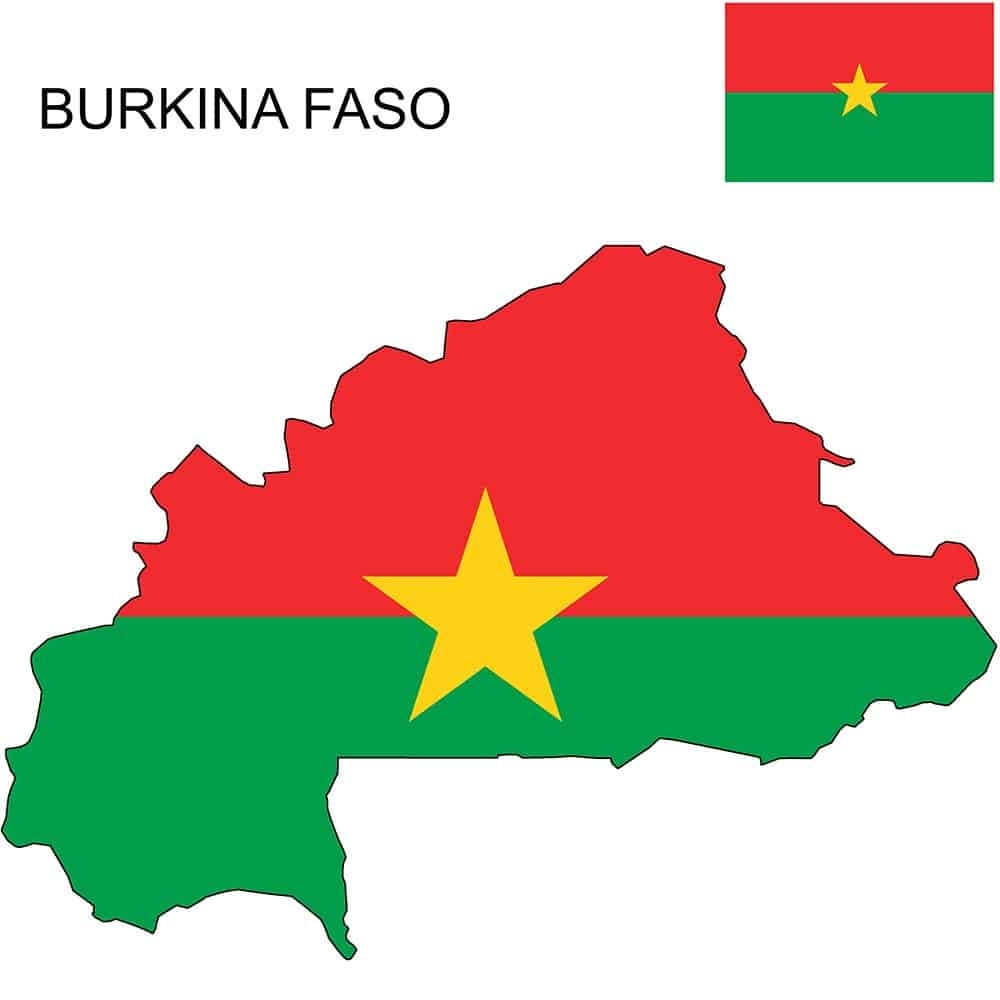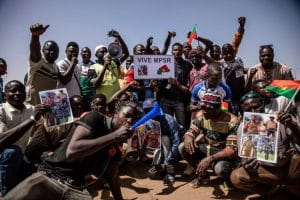Headlines
Burkina Faso Population, Official Language And More.

In 1896, France invaded Burkina Faso during the European Scramble for Africa and established colonial control following a war of conquest between 1896 and 1904. The territory was made part of French West Africa in 1904, and the colony of French Upper Volta was established on March 1st, 1919. After World War II, a reform movement led to Upper Volta’s autonomy within the French Union in 1947. In 1958, Upper Volta became a republic within the French Community. Finally, on August 5th, 1960, Upper Volta declared its independence from France.

Burkina Faso
The Population
Burkina Faso has a population of approximately 21.5 million people as of 2021. The country is home to over 60 ethnic groups, with the Mossi people being the largest. Other significant ethnic groups include the Fulani, Lobi, Bobo, and Gourma. The official language is French, but many Burkinabé speak their native languages.
The Landmarks
Burkina Faso is known for its unique landmarks and tourist attractions. One of the most famous landmarks is the Ruins of Loropéni, which is a UNESCO World Heritage Site. The ruins are believed to date back to the 11th century and are a testament to the country’s rich history and culture. Another popular attraction is the Bangré Weogo Park, which is home to a variety of wildlife species such as warthogs, baboons, and antelopes.
The Official Language
The official language of Burkina Faso is French. It was adopted as the official language during the colonial era when Burkina Faso was known as Upper Volta. However, many Burkinabé speak their native languages such as Mossi, Fulfulde, Dioula, and others.
The Culture
Burkina Faso has a rich cultural heritage that dates back centuries. The country is home to over 60 ethnic groups, each with its unique customs and traditions. Music and dance are an integral part of Burkinabé culture, with traditional instruments such as the balafon and kora being widely used. Burkina Faso is also known for its vibrant film industry, with the annual FESPACO film festival being held in Ouagadougou since 1969.
The Economic Stability
Burkina Faso’s economy is primarily based on agriculture, with cotton being the most important cash crop. The country also has significant gold reserves and has recently become a major player in Africa’s gold mining industry. Despite this, Burkina Faso remains one of the poorest countries in the world, with a GDP per capita of just $684 in 2020.
The GDP
Burkina Faso’s GDP was $19.74 billion in 2021. The country’s economy is primarily based on agriculture, with cotton being the most important cash crop. Burkina Faso also has significant gold reserves and has recently become a major player in Africa’s gold mining industry.
The Currency
The official currency of Burkina Faso is the West African CFA franc (XOF). It is used by several countries in West Africa, including Benin, Ivory Coast, Mali, Niger, Senegal, and Togo. The exchange rate of XOF to USD is approximately 1 USD = 555.97 XOF.
The Food
Burkina Faso has a rich culinary heritage tha includes dishes such as Tô, a dough-based dish made from cooked millet, corn, or sorghum that is consumed with various stews and sauces. Other popular dishes include Ragout d’igname, a yam and beef stew seasoned with garlic, ginger, onions, carrots, peppers, and tomatoes, and Riz gras, a national one-pot dish consisting of white rice, tomato paste, and vegetables such as eggplants, carrots, onions, chili peppers, and garlic that are boiled together in a thick rice stew.
Major Cities
The capital city of Burkina Faso is Ouagadougou, which is also the largest city in the country. Other major cities include Bobo-Dioulasso, Koudougou, Ouahigouya, and Banfora.
Major Airports, Sea Ports and Schools
The major airport in Burkina Faso is the Ouagadougou International Airport. Burkina Faso is a landlocked country and does not have any sea ports. Some of the major schools in Burkina Faso include the University of Ouagadougou, the University of Koudougou, and the University of Bobo-Dioulasso.





